In the realm of pet parenting, we often find ourselves enamored by our furry companions’ quirks and antics. Those adorable head tilts and demanding purrs are the stuff of Instagram legends. But beneath the cute façade, some of these behaviors might indicate that all is not well in Fluffy or Fido’s world. Let’s delve into the seemingly charming habits that might hint at deeper issues. From cats’ gentle nudges to dogs’ wagging tails, here’s how to decode the hidden messages in your pet’s behavior.
1. Excessive Pawing

Your pet’s gentle pawing might feel like an affectionate gesture, but it could be a cry for help. If your cat or dog is constantly nudging you for attention, it might be a sign of anxiety or an underlying health issue. According to the American Kennel Club, excessive pawing can sometimes be linked to stress or discomfort in dogs. Consider setting a consistent playtime schedule and consult your vet if this behavior persists.
On the other hand, it’s important to remember that pets, like people, crave interaction and companionship. Ignoring these cues might exacerbate their stress, leading to more destructive behaviors. Keep an eye out for other symptoms like whining or restlessness, which could accompany the pawing. A happy pet is a healthy pet, so make sure to address the root cause rather than just the behavior.
2. Incessant Tail Wagging

A wagging tail is often perceived as the universal symbol of a happy dog, but it’s not always the case. Sometimes, an overly enthusiastic wag can signal excitement, yet it might also indicate anxiety or overstimulation. Pay attention to the situation and your dog’s overall body language to get a clearer picture.
If your dog’s tail is wagging furiously in seemingly calm situations, consider what might be causing such an emotional response. Loud noises, unfamiliar guests, or even changes in their routine can be stressors. If all else fails, consult with a professional trainer or behaviorist to figure out the underlying cause. Your goal is to ensure that tail-wagging is always a sign of joy, not distress.
3. Constant Meowing
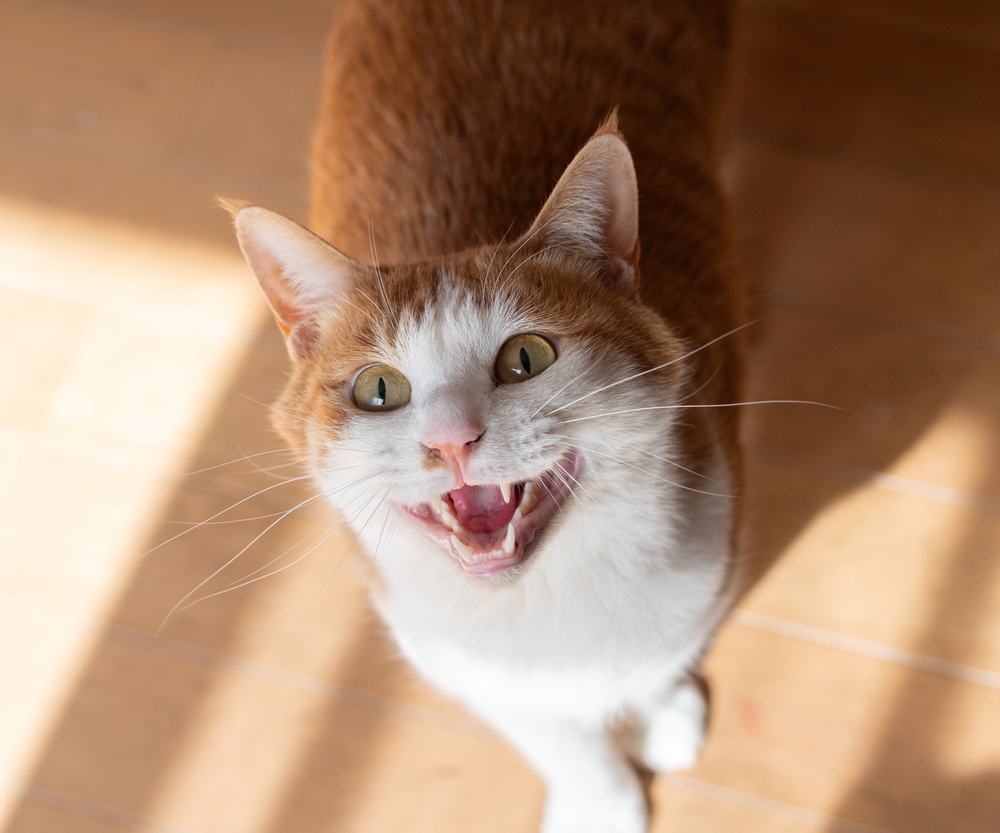
Cats are notorious for their vocal personalities, but when does it become too much? Excessive meowing could be an indication of a medical issue, boredom, or even loneliness. As pointed out by VCA Animal Hospitals, changes in vocalization can be a red flag for conditions such as hyperthyroidism or high blood pressure. It’s crucial to pay attention to any changes in frequency or tone.
However, don’t jump to conclusions too quickly; your feline friend might simply be trying to communicate a need, such as hunger or a desire for attention. Observing their body language and environment can provide additional clues. Addressing the underlying issue can improve both your and your cat’s quality of life. After all, a chatty cat is charming, but only when it’s not a sign of something more serious.
4. Over-Grooming

Cats and dogs alike can fall into the trap of over-grooming, which often masquerades as a simple self-care habit. Yet, if you notice bald patches or irritated skin, it might be time to investigate further. According to the ASPCA, over-grooming can be a manifestation of stress or allergies. Keep an eye on how often your pet is grooming and whether it’s affecting their coat health.
The good news is that if caught early, there are ways to mitigate this behavior. Providing mental stimulation, like interactive toys, can be a great distraction. Additionally, ensure your pet’s diet is balanced and consult a vet to rule out medical conditions. With the right approach, your pet’s coat—and their peace of mind—can be restored.
5. Begging For Food

It might be endearing when your pet gives you those puppy-dog eyes during dinner, but constant begging might be more than just a plea for treats. Persistent begging can suggest nutritional deficiencies or an improperly balanced diet. As noted in a PetMD article, constant hunger can also indicate health issues such as diabetes or parasites. It’s crucial to establish consistent feeding routines and consult your vet if the behavior persists.
In some cases, begging is simply a learned behavior that can be curbed with training. Reinforce good behavior by rewarding your pet only when they are calm and away from the dining area. Understanding the root of the behavior will help in addressing it effectively. Remember, a well-fed pet is a happy pet, but make sure their begging isn’t masking a larger issue.
6. Non-Stop Zoomies
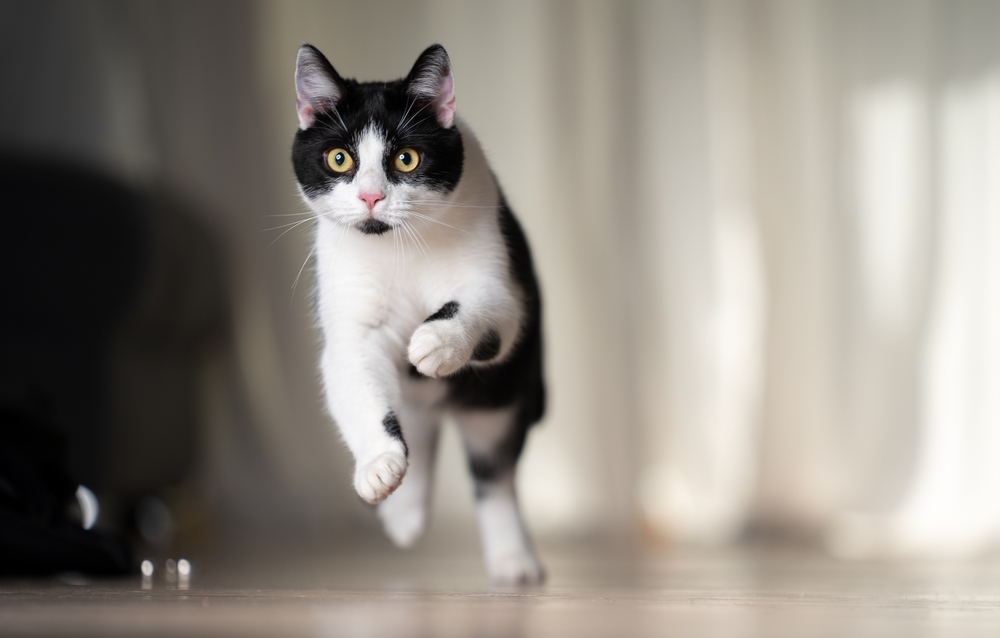
Zoomies, those sudden bursts of energy that have your pet sprinting around the house, are delightful to witness. But if they’re happening too often, it might indicate that your pet isn’t getting enough exercise or mental stimulation. Pets need outlets for their energy, and without them, they might resort to zoomies out of boredom or anxiety.
Incorporating regular playtime and walks into your pet’s routine can help manage their energy levels. It’s also beneficial to engage their brains with puzzle toys or training exercises. If zoomies persist despite these efforts, it may be worth consulting with a vet or a pet behaviorist. Your goal is to ensure these energy bursts are just for fun, not a cry for help.
7. Hiding And Isolation
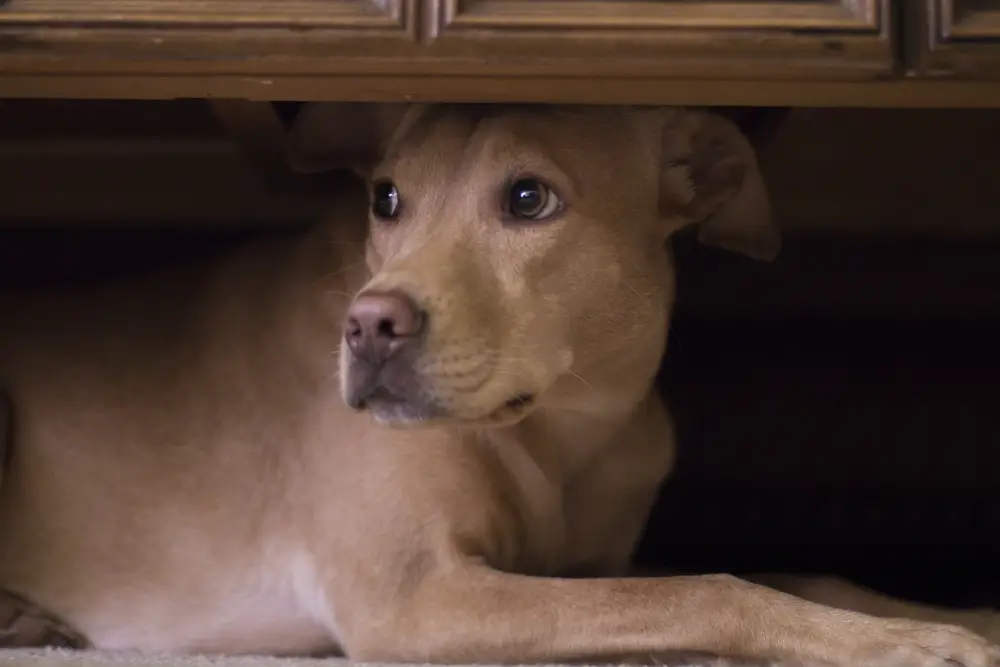
Occasional hiding is normal for pets, as they sometimes seek solitude. However, if your pet is constantly retreating to secluded spots, it might be a sign of fear, stress, or illness. Pets generally hide when they feel threatened or unwell, and it’s vital to address what might be causing this behavior.
Ensure your pet feels safe and provide them with a comforting environment. Monitor for other signs of distress, such as changes in appetite or lethargy. If hiding becomes a routine, a visit to the vet might be necessary to rule out any health issues. Your pet’s well-being is paramount, and understanding their need for space can help tailor a more secure environment for them.
8. Avoiding Eye Contact

While some pets naturally avoid eye contact as a form of submission, excessive avoidance may hint at a deeper issue. It could indicate discomfort, fear, or a lack of trust. Understanding the context in which your pet avoids eye contact is essential for decoding this behavior.
Building trust through positive reinforcement and patience can encourage your pet to feel more comfortable. Establishing a strong bond with regular interaction and affection might gradually improve their confidence. If the behavior persists and accompanies other stress signs, professional advice may be beneficial. Remember, every pet is unique, and understanding their nuances is key to fostering a positive relationship.
9. Digging Everywhere
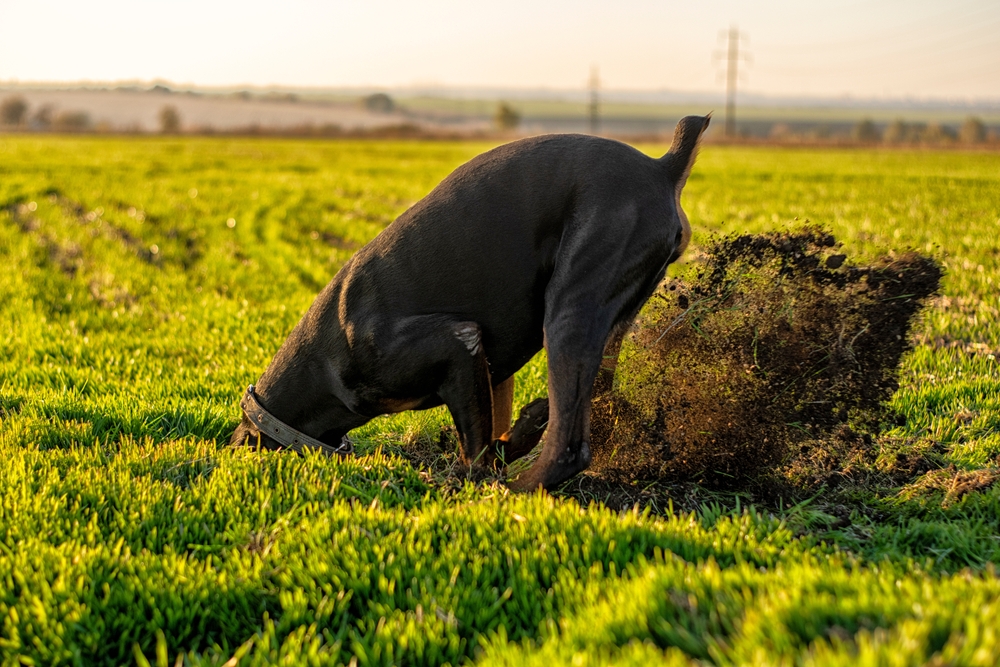
Digging is instinctual for many pets, especially dogs, but when it becomes excessive, it might indicate boredom or anxiety. If your garden is looking more like a lunar landscape, it’s time to evaluate your pet’s needs. Digging can be a sign they’re trying to escape, or it could be a simple quest for entertainment.
Providing alternatives like a designated digging area or interactive toys can redirect this behavior. Meanwhile, ensuring your pet receives adequate exercise can curb their need to dig. Observing when and where your pet digs will offer insights into their motivations. Addressing these can lead to a more harmonious home environment for both you and your pet.
10. Licking Everything
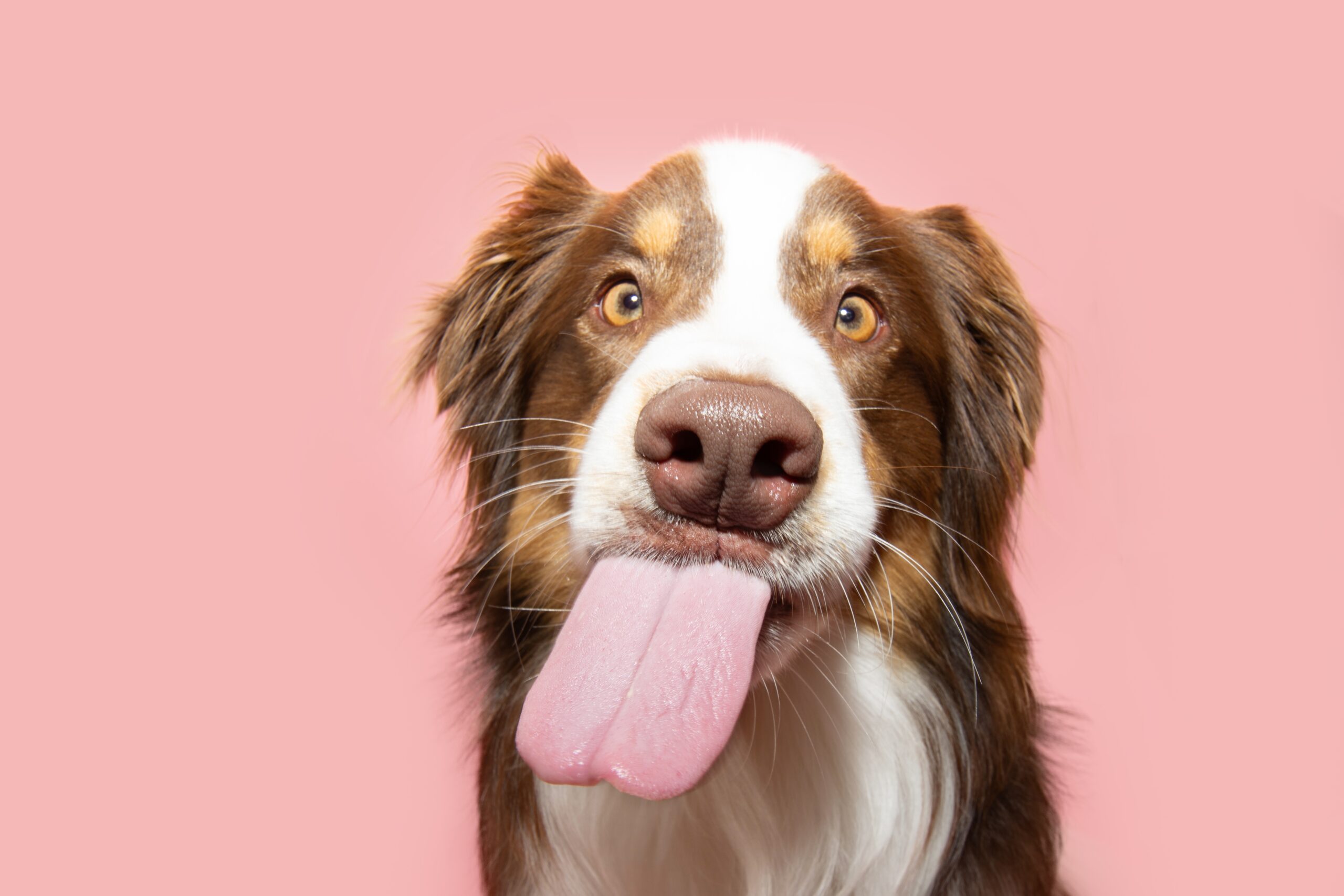
A little licking is normal, but when your pet begins to lick everything in sight, it might warrant attention. Excessive licking can be a sign of anxiety, allergies, or even gastrointestinal issues. Monitoring when and what your pet licks can provide clues to the underlying cause.
To address this, ensure your pet has a balanced diet and a stress-free environment. Engaging them with toys and activities can divert their attention from compulsive licking. If the behavior continues, a consultation with your vet might be necessary. Remember, licking is a form of communication, and it’s important to listen.
11. Aggressive Play
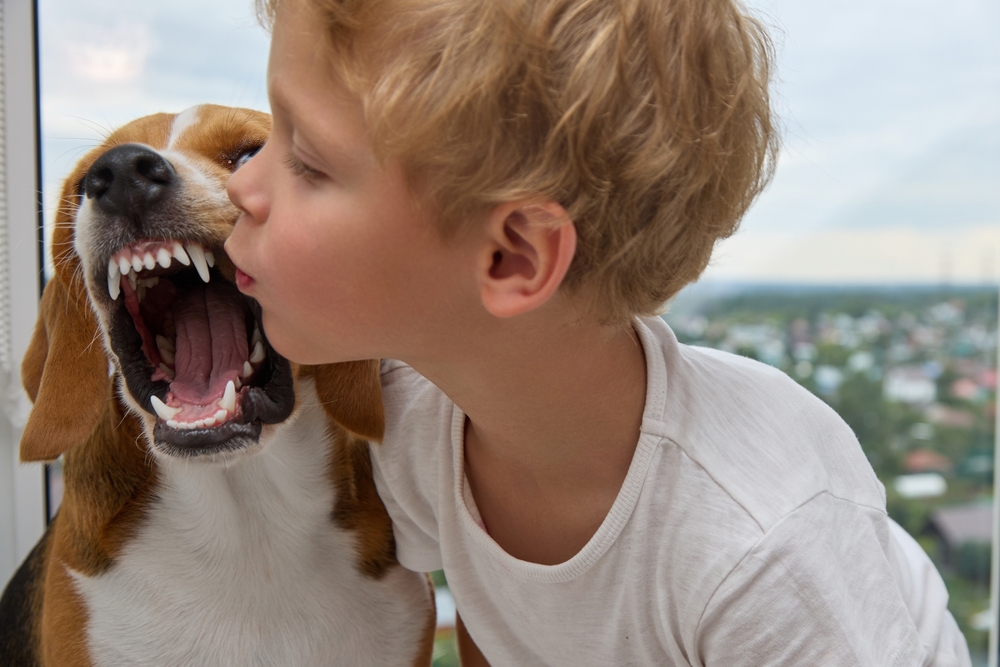
Playtime is essential for pets, but if your furry friend is constantly playing too rough, it might indicate underlying stress or a lack of socialization. Aggressive play can sometimes be a precursor to more serious behavioral issues if not addressed.
Providing structured play sessions and socializing them with other pets can help moderate this behavior. It’s also essential to establish boundaries and reinforce positive interactions. Seeking professional guidance if aggressive behavior persists can ensure a peaceful coexistence. Understanding your pet’s play style is crucial in maintaining a harmonious home environment.
12. Refusing To Walk

While a leisurely stroll might be your idea of fun, some pets might refuse to walk, which can signal discomfort or anxiety. If your dog consistently balks at the leash, it may be time to explore potential causes.
Assess if the weather, environment, or leash itself might be causing distress. Providing positive reinforcement and gradually acclimatizing them to walks can help ease their reluctance. If the issue continues, it might be beneficial to consult a vet to rule out any health concerns. Walking should be a joy, not a chore, for both you and your pet.
13. Chasing Shadows

Chasing shadows might seem amusing at first, but it can become an obsessive behavior for some pets. This can be a sign of boredom, anxiety, or a lack of mental stimulation.
Introducing interactive toys and engaging in playtime can help divert their attention from shadows. It’s important to create an enriching environment that caters to both physical and mental stimulation. Should this behavior become compulsive, seeking professional advice can offer solutions. Understanding the root of this fascination will go a long way in ensuring a balanced lifestyle for your pet.
14. Staring Into Space

Pets, much like humans, can have their moments of zoning out. However, if your pet frequently stares into space, it might be more than just a passing whim. This behavior could indicate cognitive dysfunction, especially in older pets, or it could be a sign of seizure activity.
Observing when these episodes occur and noting any accompanying behaviors is essential. Engaging your pet with interactive games or puzzles can stimulate their mind and prevent excessive daydreaming. Consulting with a vet to rule out medical issues is always a prudent step. Ensuring your pet’s cognitive health is as important as their physical well-being.
15. Snapping At Air

If your pet is frequently snapping at the air, it might be more than just quirky behavior. This can be a sign of a neurological issue or a manifestation of stress. Understanding the context in which this occurs can provide insights into possible triggers.
Providing a stable and stress-free environment can help alleviate some of these behaviors. Engaging them in regular exercise and mental stimulation can also refocus their energy positively. If the behavior persists, consulting a professional for a thorough assessment is advisable. Your pet’s mental health is as important as their physical health, and addressing these behaviors is key to their overall happiness.
